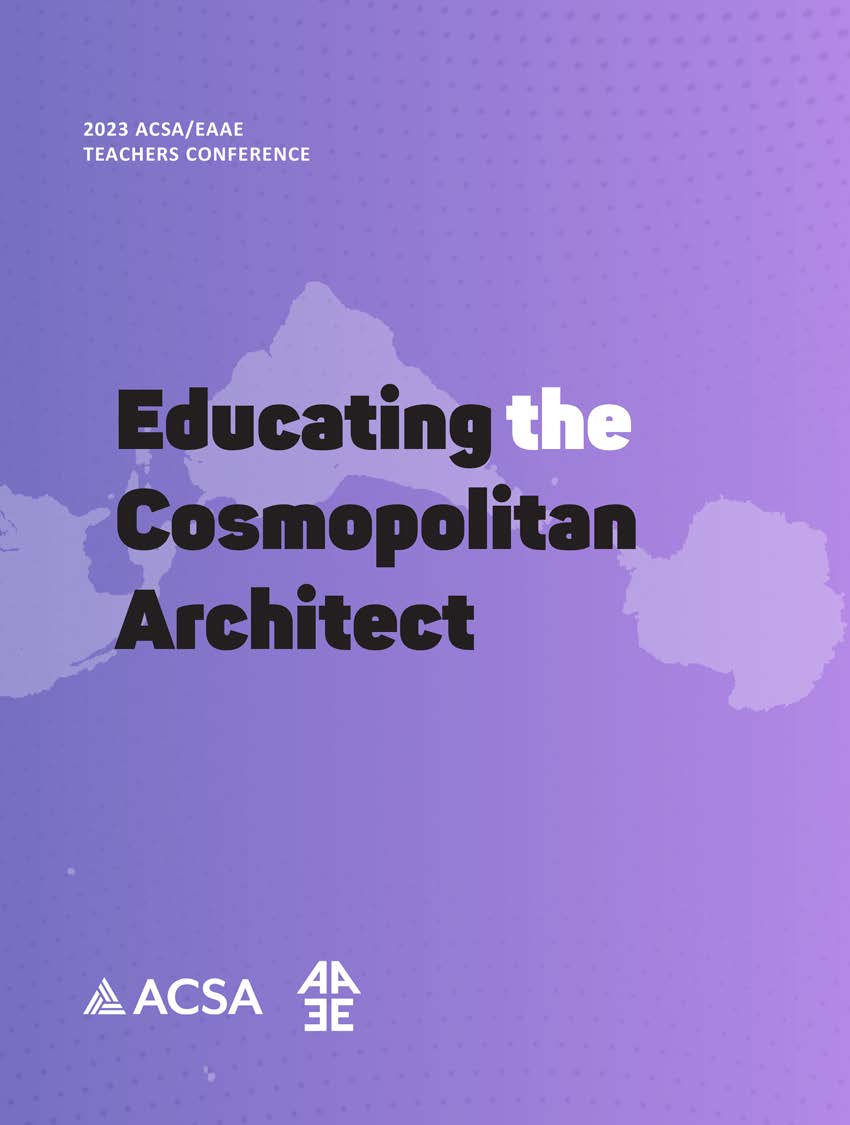Author(s): Anne-Catrin Schultz
The Italian architect Carlo Scarpa has received attention from scholars and critics throughout the 20th century and the beginning of the 21st Century. Explorations frequently focus on the poetry apparent in his projects, on his strong interest in expanding the local craftsmanship of the Veneto region, and on the tectonic dimensions of his details. Scarpa’s work processes and reinterprets several 20th-century tendencies without fitting into any of them exclusively. Research related to Scarpa’s design process goes far beyond analyzing his buildings and exhibitions or the archives of his drawings. A substantial amount of knowledge about Carlo Scarpa’s design methods is found in the stories of the people who were involved in the process. Personal stories shared by Scarpa himself and experiences published by his collaborators, clients, and contractors document the complex evolution of the continuous formal and constructive research he engaged in. He was eager to find tectonic and material expression of architectural elements not for one specific project but for all of them in parallel. According to the principles of “Storytelling Sociology,” the stories provide shared narratives and expanded knowledge about Carlo Scarpa. They could be part of architectural anthropology, the study of the science of humanity around the design and building process. Colleagues and craftspeople can speak to work habits, drawing techniques, and atmospheres in the studio and on the construction site. The stories reveal voices typically not heard or listened to, giving a stage to the contractors, the engineers, or young architects on the team. This paper traces patterns of the design and construction process, identified in stories from academia, practice, and construction focusing on the observations and memories of the people involved. Expanding architecture history and theory research by another mode of representation, story¬telling offers a different type of knowledge around Scarpa’s work and provides insights into an ongoing generative process that was embedded in everyday context and life.
https://doi.org/10.35483/ACSA.Teach.2023.51
Volume Editors
Massimo Santanicchia
ISBN
978-1-944214-44-9

 Study Architecture
Study Architecture  ProPEL
ProPEL 
